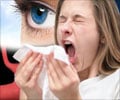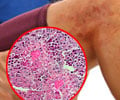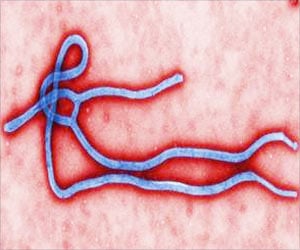A recent three-way crossover study over six weeks by clinicians at the National Heart and Lung Institute, Royal Brompton Hospital, London has shown that Salmeterol produced a novel anti-neutrophilic effect among patients with mild asthma. The study was prompted by the long standing argument about the effects of long-acting beta2-adrenergic receptor agonists, such as salmeterol, on inflammation. The clinicians enrolled 20 patients, between the ages of 18 and 55, with mild stable asthma who were randomized to receive salmeterol (50 micrograms b.d), fluticasone propionate (250 micrograms b.d), or placebo. They investigated the effect of salmeterol on the numbers of inflammatory cells in biopsy samples of distinct immuno-phenotype and those expressing the genes for interleukin-4 and -5, regulatory cytokines which are particularly relevant to asthma.
The numbers of neutrophils in bronchial biopsy samples and the concentrations of myeloperoxidase and soluble E-selectin in serum, each of which reflect neutrophil involvement, was found to be significantly reduced in subjects who were given salmeterol compared to those who were given the placebo. Salmeterol, compared with fluticasone propionate, reduced neutrophil number and human neutrophil lipocalin level in bronchial lavage fluid, and intercellular adhesion molecule-1 level in bronchoalveolar lavage fluid. It was also observed that the numbers of (CD3+) T-lymphocytes, (CD4+) T-helper cells, (CD45RO+) activated T-helper cells and eosinophils in the biopsy samples were significantly reduced with fluticasone propionate, compared with placebo. Fluticasone propionate also reduced the percentage of eosinophils and soluble intercellular adhesion molecule-1 in serum.The clinicians also found that after the use of salmeterol, as compared with both fluticasone propionate and placebo, the airways hyper-responsiveness and the percentage of symptom-free days and nights improved significantly.











